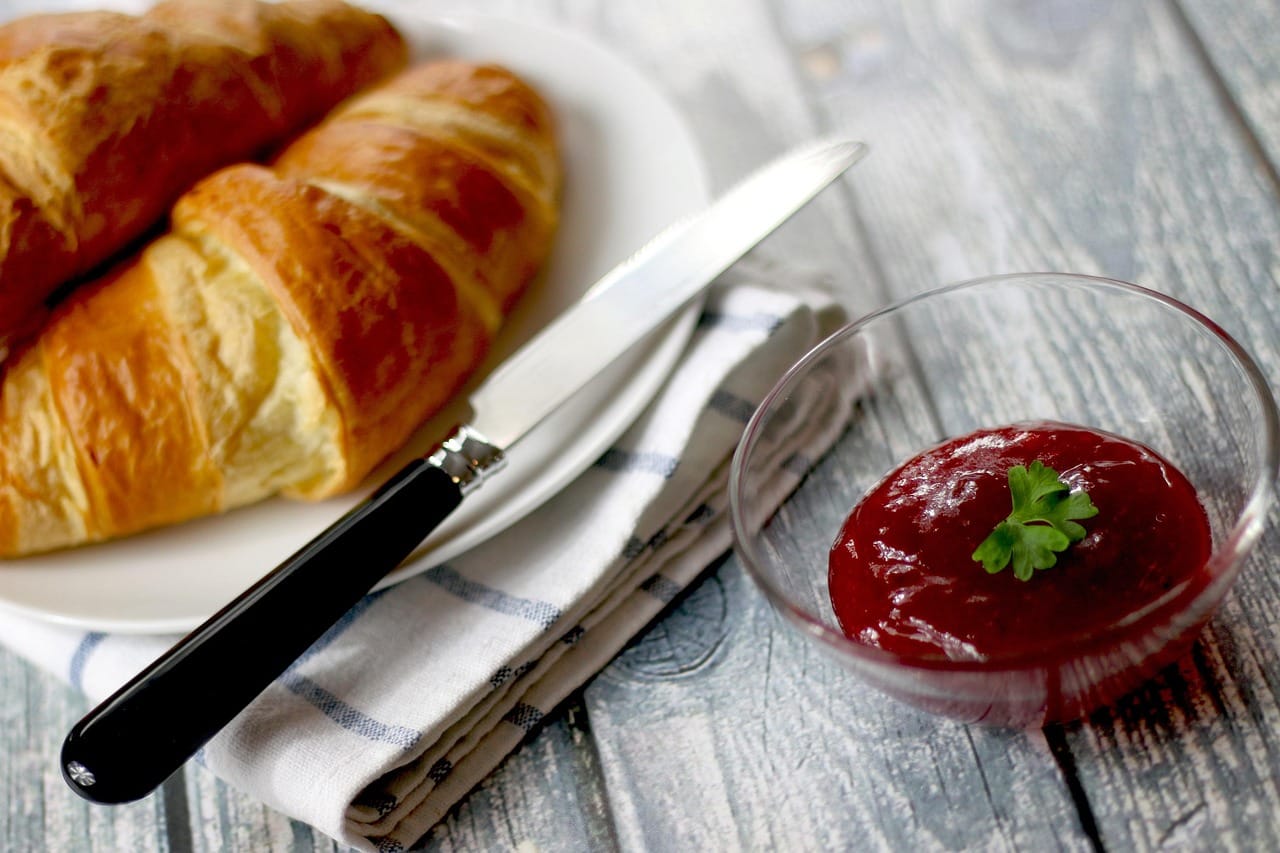Embark on a culinary adventure that tantalizes your taste buds and immerses you in the local culture with flavor tours! These guided explorations delve into the heart of a region’s cuisine, connecting you with chefs, producers, and the stories behind the food. More than just a meal, flavor tours offer an enriching experience that broadens your palate and deepens your appreciation for the art of food.
What are Flavor Tours?
Defining Flavor Tours
Flavor tours are curated experiences designed to showcase the culinary landscape of a specific area. These tours go beyond typical restaurant visits, offering a deeper dive into the ingredients, techniques, and traditions that shape a region’s gastronomy. They can encompass a wide range of activities, from visiting local markets and farms to participating in cooking classes and wine tastings.
Key Components of a Flavor Tour
- Guided Exploration: Experienced guides lead participants through the culinary scene, providing insights and historical context.
- Local Producers: Many tours include visits to farms, breweries, wineries, or artisanal food producers.
- Tasting Opportunities: Sampling a variety of dishes and ingredients is a central element of flavor tours.
- Cultural Immersion: Tours often highlight the cultural significance of food and its connection to local traditions.
- Interactive Experiences: Cooking demonstrations, hands-on workshops, and Q&A sessions with chefs enhance the engagement.
Types of Flavor Tours
Flavor tours come in various forms, catering to different interests and preferences. Here are a few common types:
- Walking Food Tours: Exploring a neighborhood on foot, stopping at multiple eateries to sample local specialties. Example: A “Little Italy” tour in New York City.
- Market Tours: Discovering the vibrant atmosphere of local markets, learning about unique ingredients, and sampling artisanal products. Example: A tour of the La Boqueria market in Barcelona.
- Wine & Brewery Tours: Visiting wineries or breweries to learn about the production process and sample different varieties. Example: A Napa Valley wine tour in California.
- Cooking Class Tours: Combining sightseeing with hands-on cooking classes, learning to prepare traditional dishes. Example: A Tuscan cooking tour in Italy.
- Farm-to-Table Tours: Exploring local farms and learning about sustainable agriculture, followed by a meal featuring fresh, seasonal ingredients. Example: A farm-to-table tour in Sonoma County.
Why Take a Flavor Tour?
Benefits of Experiencing Local Cuisine
- Discover Hidden Gems: Flavor tours often uncover lesser-known restaurants and food producers that you might miss on your own.
- Learn About Local Culture: Food is deeply intertwined with culture, and flavor tours offer insights into traditions, history, and social customs.
- Expand Your Palate: Trying new and unfamiliar foods can broaden your taste preferences and expose you to exciting culinary experiences.
- Support Local Businesses: By participating in flavor tours, you’re directly supporting local restaurants, farmers, and artisans.
- Social Connection: Flavor tours provide opportunities to connect with fellow food enthusiasts and share a memorable experience.
Statistics on Food Tourism
The food tourism industry is experiencing significant growth. According to the World Food Travel Association, food travelers spend approximately 25% of their travel budget on food-related activities. This highlights the increasing importance of culinary experiences in the tourism sector.
Actionable Takeaway
Consider taking a flavor tour on your next vacation. Research local tour operators and choose an experience that aligns with your interests and budget. You’re sure to discover new flavors, learn about local culture, and create lasting memories.
Planning Your Flavor Tour
Research and Selection
- Identify Your Interests: Consider what type of cuisine or food-related activity interests you most (e.g., Italian food, wine tasting, baking).
- Read Reviews and Ratings: Look for reputable tour operators with positive reviews and high ratings.
- Compare Tour Options: Compare the itineraries, prices, and included activities of different tour options.
- Check for Dietary Restrictions: Ensure that the tour operator can accommodate any dietary restrictions or allergies you may have.
What to Expect
- Duration: Flavor tours can range from a few hours to several days.
- Cost: Prices vary depending on the length of the tour, the included activities, and the location.
- Attire: Dress comfortably and wear appropriate shoes for walking.
- Etiquette: Be respectful of local customs and traditions.
- Tip Your Guide: It is customary to tip your tour guide for their service.
Examples of Unique Flavor Tour Experiences
- Truffle Hunting in Italy: Join a truffle hunt with a trained dog and enjoy a meal featuring freshly harvested truffles.
- Street Food Tour in Bangkok: Explore the bustling street food scene of Bangkok, sampling a variety of authentic Thai dishes.
- Chocolate Making Workshop in Belgium: Learn the art of chocolate making and create your own delicious treats in Belgium.
- Tea Plantation Tour in Sri Lanka: Visit a tea plantation, learn about the tea-making process, and enjoy a tea tasting session.
Maximizing Your Flavor Tour Experience
Engage and Ask Questions
Don’t be afraid to ask your guide questions about the food, the culture, and the local history. Your guide is a wealth of knowledge and can enhance your understanding of the experience.
Take Notes and Photos
Document your culinary journey by taking notes and photos. This will help you remember the flavors, the people, and the places you encountered along the way.
Be Open to New Experiences
Be willing to try new and unfamiliar foods. Embrace the opportunity to expand your palate and discover new favorites.
Share Your Experience
Share your flavor tour experience with friends and family. Recommend your favorite restaurants and food producers, and encourage others to explore the culinary scene in your local area.
Support Local Businesses Afterwards
Continue to support the local businesses you discovered on the tour. Return to your favorite restaurants, purchase products from local producers, and spread the word about their offerings.
Conclusion
Flavor tours offer a unique and rewarding way to experience a region’s culture and cuisine. By immersing yourself in the local food scene, you can discover hidden gems, expand your palate, and create lasting memories. Whether you’re a seasoned foodie or simply curious about exploring new flavors, a flavor tour is an adventure worth taking. So, plan your next culinary journey and prepare to tantalize your taste buds!




